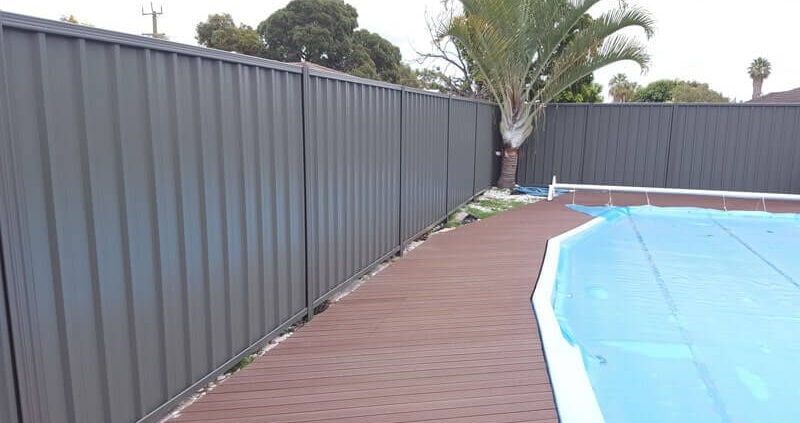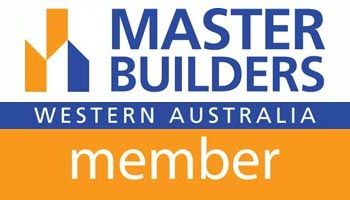- Reasons to Install a Fence Plinth - December 10, 2025
- The Versatility of Garrison Fencing for Your Property - October 16, 2025
- Slide vs Swing: Choosing the Right Gate for Your Property - September 26, 2025
Deciding between all the various types of fencing solutions on the market can be a dilemma for many Perth homeowners. With many materials, styles and niches to consider the choice can become overwhelming.
To make the decision easier we’ve compared two of the most significant options presented to homeowners. Colorbond fencing and traditional wooden slat fencing.
Durability & Weatherproofing
When investing in a fencing solution for your property, the expectation is that your investment will last many years into the future but that isn’t always the case.
Colorbond fencing comes with a 10 year guarantee of performance, with expectations of a 20 to 25 year life span with minimal maintenance. Renowned for its strength, a Colorbond fence will not rot, flake, peel or warp. Colorbond fences can be expected to last the length of your investment with minimal maintenance to prolong their lustre.
Wooden slat fencing will require plenty of maintenance to prevent termites, warping and rotting from degrading the fence over time. With increased risks in seaside locations. Nor does it have a manufacturer guarantee that it will last.
Cost & Maintenance
Cost varies between different dimensions of Colorbond panels and types of timber but value to the homeowner can be observed across the options.
Colorbond fencing has significantly lower costs than other fencing types. Colorbond benefits significantly from its low maintenance requirements, simply hose down the fence occasionally. Which results in low costs across the life of the fence.
The upfront cost of wooden fencing can vary significantly depending on the type of wood chosen. Cheaper woods have often forgone the treatments required to make it last in Australia’s harsh weather resulting in shorter life spans.
High quality wooden fences still require yearly maintenance such as sealant and termite treatment to combat the natural decay of wood that far outstrips the cost and maintenance requirements of Colorbond fencing.
Colorbond fencing should be the easier and most cost effective option of the two.
Privacy & Security
Privacy and security are important considerations when deciding on a boundary fence.
Colorbond fencing being made of solid sheets of metal does not have significant gaps between the panels. This not only makes it more difficult for prying eyes as there are no gaps to look through but also makes scaling the fence more difficult, as there are very few possible hand or footholds for climbing the fence.
Traditional wooden slat fencing will have gaps evenly throughout the fence. Allowing vision between each slat and each gap being a possible handhold for scaling the fence.
If building a fence to maintain your privacy, a Colorbond fencing solution is likely the more appropriate choice.
Aesthetic
Both Colorbond fencing and traditional wooden slat fences have quite distinct aesthetics.
Colorbond with its over 22 distinct colours, is best recognised by its two distinct profiles.
- The Traditional modernised profile with sharp lines accentuating each panel.
- The Balanced profile with its smooth undulating waveform is identical when viewed from both sides.
Traditional wooden slat fencing viewed in natural or painted colours is characterised by its horizontal slats, with multiple wooden planks installed tightly together in most cases, the lines or gaps between pieces create a distinct look.
Aesthetic preferences will largely be personal, but the wooden slat look can be replicated by aluminium slat fencing, with many of the cost and durability benefits of Colorbond in the slat fencing style.
Be sure to contact the team at Metric Fencing for any of your Colorbond or aluminium fencing needs.
Read more on our other blogs:




